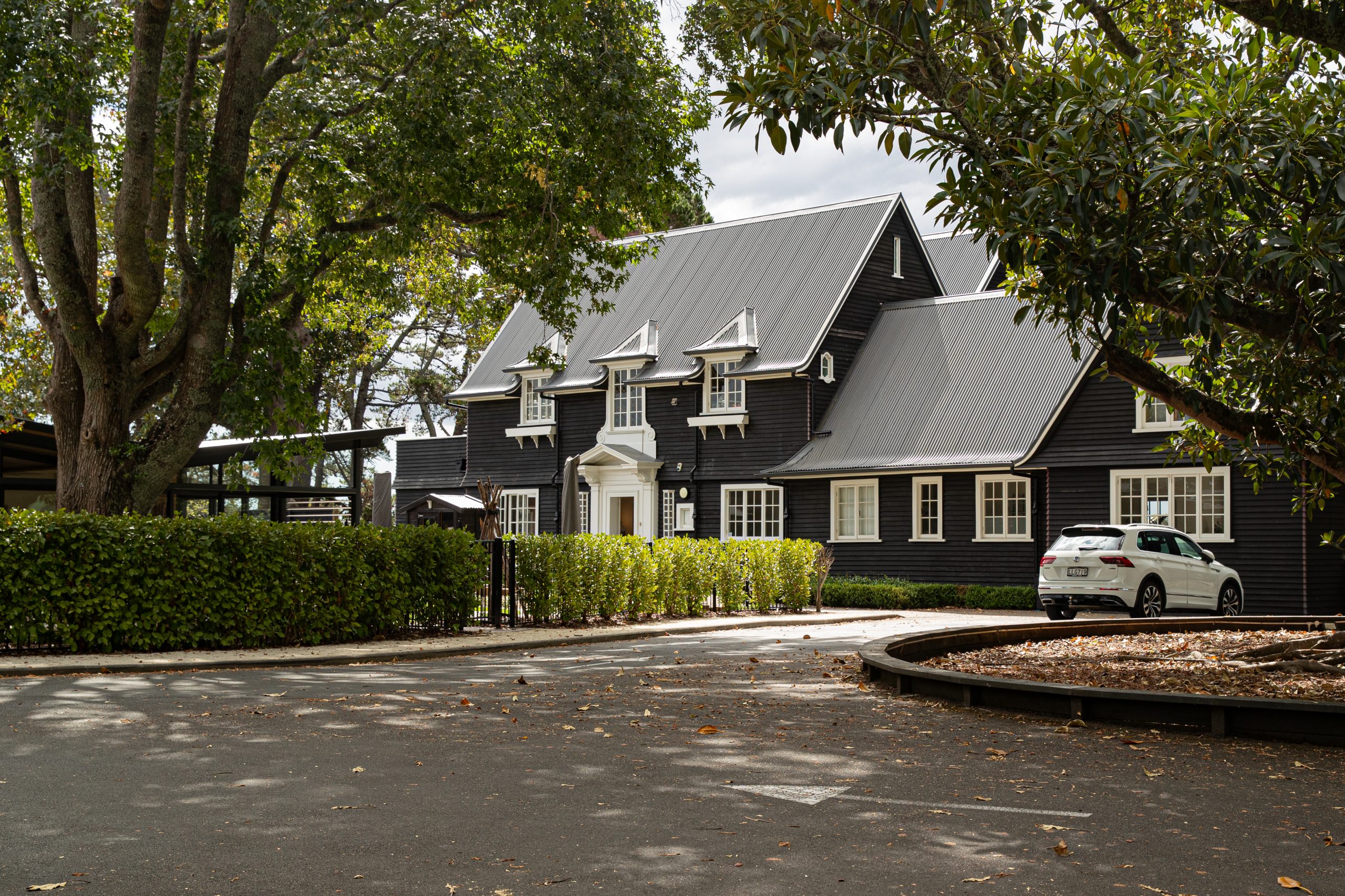Making Changes to Your Home
Both Auckland Council and Hobsonville Point Residents Society have the same aim: to protect your investment in and enjoyment of your home. The idea is to regulate new development and make sure that existing buildings are not altered in ways that would significantly impact on neighbouring households.
When everyone complies, both you and your neighbours are protected and Hobsonville Point can keep its special character. It is a unique community that has been master planned to achieve lasting high-quality urban design. When we all observe the points outlined below, everyone benefits.
Making Changes to Your Home
Both Auckland Council and Hobsonville Point Residents Society have the same aim: to protect your investment in and enjoyment of your home. The idea is to regulate new development and make sure that existing buildings are not altered in ways that would significantly impact on neighbouring households.
When everyone complies, both you and your neighbours are protected and Hobsonville Point can keep its special character. It is a unique community that has been master planned to achieve lasting high-quality urban design. When we all observe the points outlined below, everyone benefits.
You have obligations
When you bought your home you received a certificate of title that included membership of the Hobsonville Point Residents Society and outlined its rules, which we are all expected to follow. These come on top of general obligations (shared in common with all Auckland homeowners) to comply with Auckland Council requirements.
For example, there may be rules around maintaining rainwater tanks installed for water-efficient toilets, showerheads and garden taps as well as looking after fences and landscaping and the external appearance of buildings.
Generally speaking, the aim is to ensure that the publicly visible facades of buildings continue to contribute to the streetscape and high-quality design standards.
How do you check that your proposed changes will comply?
Step 1 – Ask Auckland Council
Like any landowner across the city, you need to check with the Auckland Council to ensure that what you are proposing is a permitted activity.
You can phone the Council’s Duty Planner on 09 301 0101 to check whether your proposal triggers the need for a Resource Consent.
If what you are proposing infringes a standard in Auckland’s Unitary Plan, then you will need a Resource Consent.
Contact the Council to check, for instance, the rules around:
- Undertaking an external addition or alteration to your home.
- Putting down additional paving on your site, or removing landscaping.
- Changing your existing fencing or installing a new fence.
- Adding a new building like a pergola, storage shed or a Wendy house.
- Changing a vehicle access.
Internal alterations are generally okay, provided you are not changing external windows, but it would also pay to check whether you need a Building Consent.

Step 2 – Ask HPRS
For the HPRS to consider your application, the committee needs to know what you envisage – so as part of your application we would require you to provide details, measurements, a sketch, possibly photos. See the diagram below for guidelines. Depending on the nature and complexity of the work, you may need professional advice from a planner or architect.
Even if your alteration does not need Resource Consent you must still seek approval from the HPRS because its rules and Council’s requirements are separate.
Note that doing general maintenance and repairs to your Hobsonville Point home needs no Resource Consent and repainting your house in its original colour scheme is also acceptable. Also, it costs nothing to seek HPRS permission, but Resource Consent does incur fees.

Planning additions or alterations?
Here’s the path to follow…
How to apply to the HPRS?
We have made the process even easier with our new online application.
Note: depending on the nature and complexity of your proposal, we may request further information and details of the proposed alteration.
Note that any approval given by the HPRS does not in any way indicate approval by the Auckland Council where relevant.
Maintenance Tips for Stained Cedar
Many of the properties at the Point have cedar exterior panels or walls.
The cedar feature is a great look as part of the overall colour scheme for your home and the surrounding area as part of the overall design for your particular neighbourhood.
Cedar is a different product to conventional weatherboards and requires an extra level of care to keep it looking good and in good condition. Note that pale shades of cedar coating require more attention than darker hues.
If you have cedar on your home it is important that you don’t ignore the maintenance required.
Here is a brief summary of what you need to consider.
Frequency
Unlike conventional painted surfaces, cedar requires recoating every two to three years.
This helps to maintain its original lustre and protects the wood from premature deterioration.
In addition to recoating, cedar (and indeed your whole house) should be washed annually with a suitable house wash process and then rinsed off.
There are many commercial operators who can advise you on this but it’s best to use a “soft wash” approach as cedar is a soft wood that is easily damaged.
Washing stained (and painted) surfaces helps remove contaminants that eventually eat into the coating. Once that damage is done the preparation work required increases considerably.
Also look out for mould spotting. This generally occurs when the cedar has become exposed through lack of maintenance and in this case you will need to treat the mould spores.
Talk to your house washer about this.
Generally, if you wash annually and recoat every two to three years you will be able to apply a new coat of stain without having to sand the cedar back.
Leave it longer than that and sanding preparation will be necessary, which is time consuming and expensive.
Recoating
The first step is to check your property folder to see what product was applied when it was built. If you are unsure, your builder should be able to provide that information.
It is best to stick to the same product for recoating. And note that recoating requires two coats to get the right coverage.
Height
Recoating a multilevel home can be a difficult task. To ensure the job is done correctly and safely, you will need to look at some form of scaffolding.
This is not cheap so it is worth chatting to your neighbours to see if there can be any savings made from doing a group deal with a scaffolding company.
Once the scaffolding is in place you should be able to tackle the job yourself if you feel confident and energetic enough. If not, leave it to the experts. Find a commercial painter who has had experience with cedar.
In summary, don’t ignore your cedar. Look after it within the guidleines detailed here and it will continue to look beautiful!
A word about paint…
Paint requires less attention as it does not need to be reapplied as often as stain, but if you are considering replacing the stain on your cedar with a paint finish then this would constitute a change from your original colour scheme and such a change may need prior approval from the HPRS, especially if your property is one of a row of terrace houses or adjoining properties. Please see “What if I want to repaint my house?” in the FAQ section above, and/or send any queries to hprs@barfoot.co.nz
